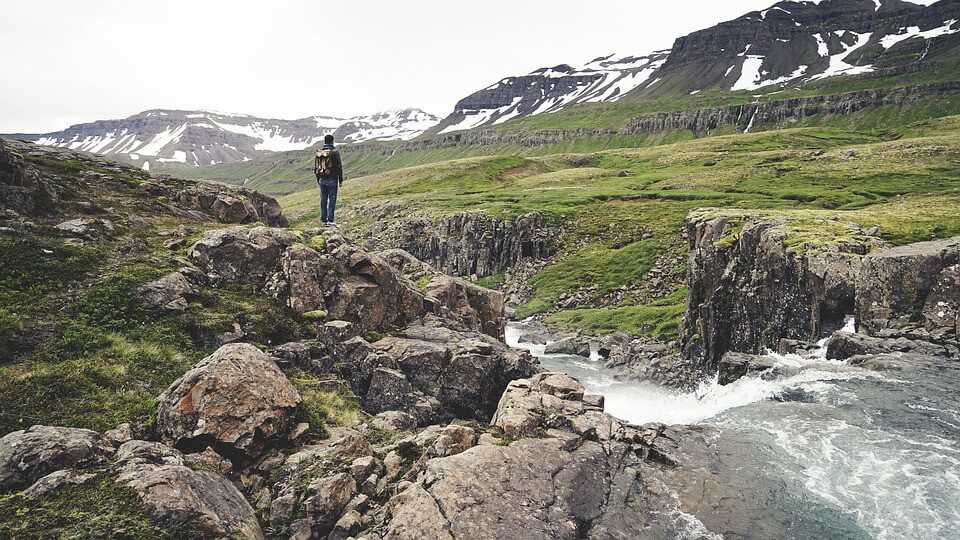Hiking the Appalachian trail can be difficult for even the most skilled adventurer, so making the necessary preparations before you head out on your excursion is absolutely essential in order to avoid any mishaps or problems. The Appalachian trail, which stretches 2,189 miles and through 14 states, is one of the most popular trails in the continental United States. Within Pennsylvania alone, the Appalachian trail runs for a combined 70 miles in Cumberland and Dauphin counties.
Heat
During the summer, many hikers of all skill levels will be subjected to changing weather conditions, such as extreme heat to cool weather during the evenings. The forest is a lot cooler than a lot of other places on a hot day, but you still need to understand and basically be aware of your physical limits. If you suffer from asthma, allergy, or pollen-related issues, take the time to meet with your physician in order to figure out which medications you need beforehand.
Even though you should carry a water bottle on a hike regardless of the season, having some extra ice cold water bottles to provide hydration during the summer heat.
Ticks
Ticks also pose a serious threat to hikers who tend to travel and explore the inner depths of Pennsylvania. To avoid ticks on your hike or during any outdoor activity, be sure to wear loose-fitting and light-colored clothing. To maximize comfort, try not to wear tight pants or clothing without patterns so you can easily pick out the ticks. Also, applying tick repellent before going into the forest, high grass, or dense wood is the most basic way to not attract these tiny critters.
Lightning
On the trail, if lightning strikes during your hike, try your best to avoid any high elevation areas and get shelter to the best of your ability. Getting under shelter with the group you’re with is the most important way to not only maintain safety, but also protect yourself from any fallen trees.
Navigation
If you happen to lose your way on the trail, the first step is to remain as calm as possible. Becoming overly anxious or panicky only creates more confusion, often causing people to believe they are more lost than they actually are. Take a few deep breaths, look at your map, and be aware of your surroundings as best as you can.
In addition to carrying a GPS or your smartphone, an old fashioned map is also the best way in terms of successfully navigating the park. Laying out a solid plan before you head out on the trail to prepare yourself for anything that could be an obstacle on the journey.
End goal
If you can, choose a hiking trail that leads to a stunning view of the park or another nature spot that rewards everyone’s efforts for the extended amount of time. Regardless of your group’s age, anyone can appreciate the nature views from various high points in the park. The end goal gives everyone a common incentive to keep hiking, participate in conversation, and think of ways to improve the next trip.
Frequent stops
Although a physical activity, hiking also allows everyone to connect with nature on a different level. No one wants to feel like they’re on a long-lasting march for hours, so it is important to break up the day with stops. As you come across interesting nature reserves or a tree, take the time to appreciate your surrounding area without rushing into anything.
If you have young ones with you, recognizing new flowers and trees, investigating the smallest critter, and deciphering what breeds of birds are flying by around you. This also can help immensely when creating memories with loved ones on the trip.
Dress right
Make sure everyone is wearing comfortable shoes and lightweight clothes for the hike. Depending on what part of the Appalachian trail your group is hiking, do some research to figure out weather patterns for the day you would be in the area. Some clothing to bring include lightweight jackets, a mini first aid kit, and water purifiers in case you run out of H2O on your journey.
Snacks are key
To be sated throughout the hike, be sure to brings healthy snacks such as nuts, trail mix, and dried fruits to provide the most energy for the day. Eating some trail mix as you walk, munching on an apple while looking at the lake and having some sandwiches for lunch once you reach your destination will create an enjoyable experience for everyone.

